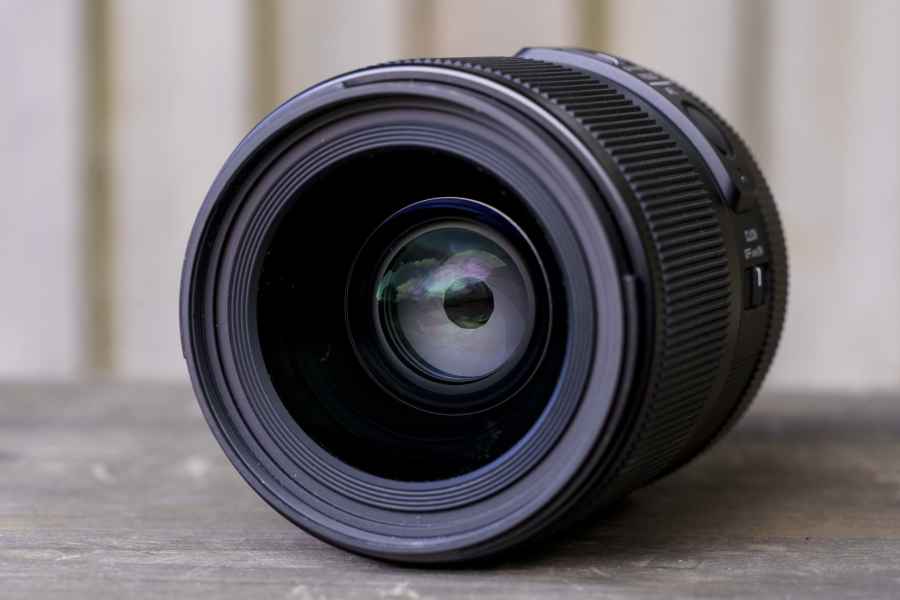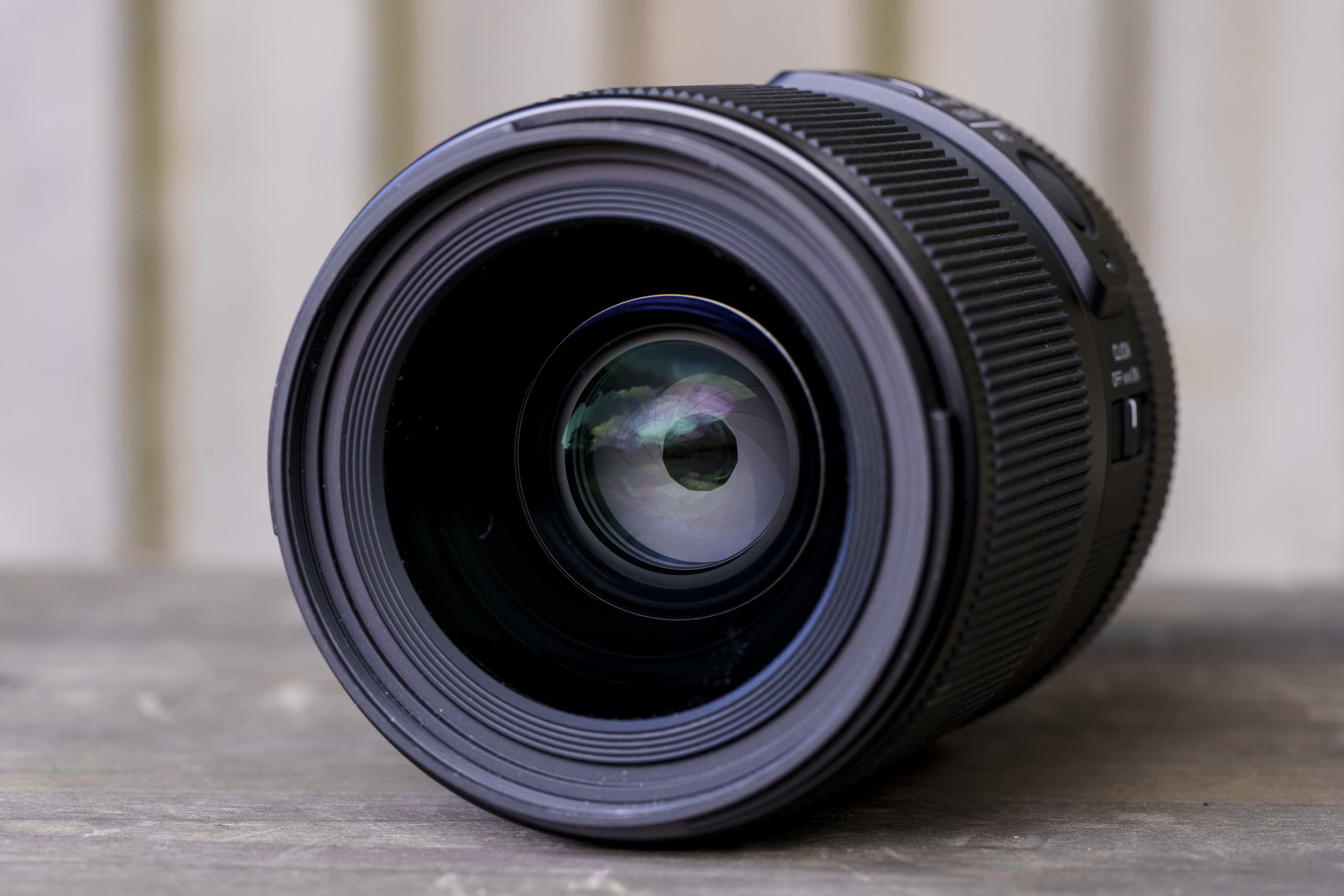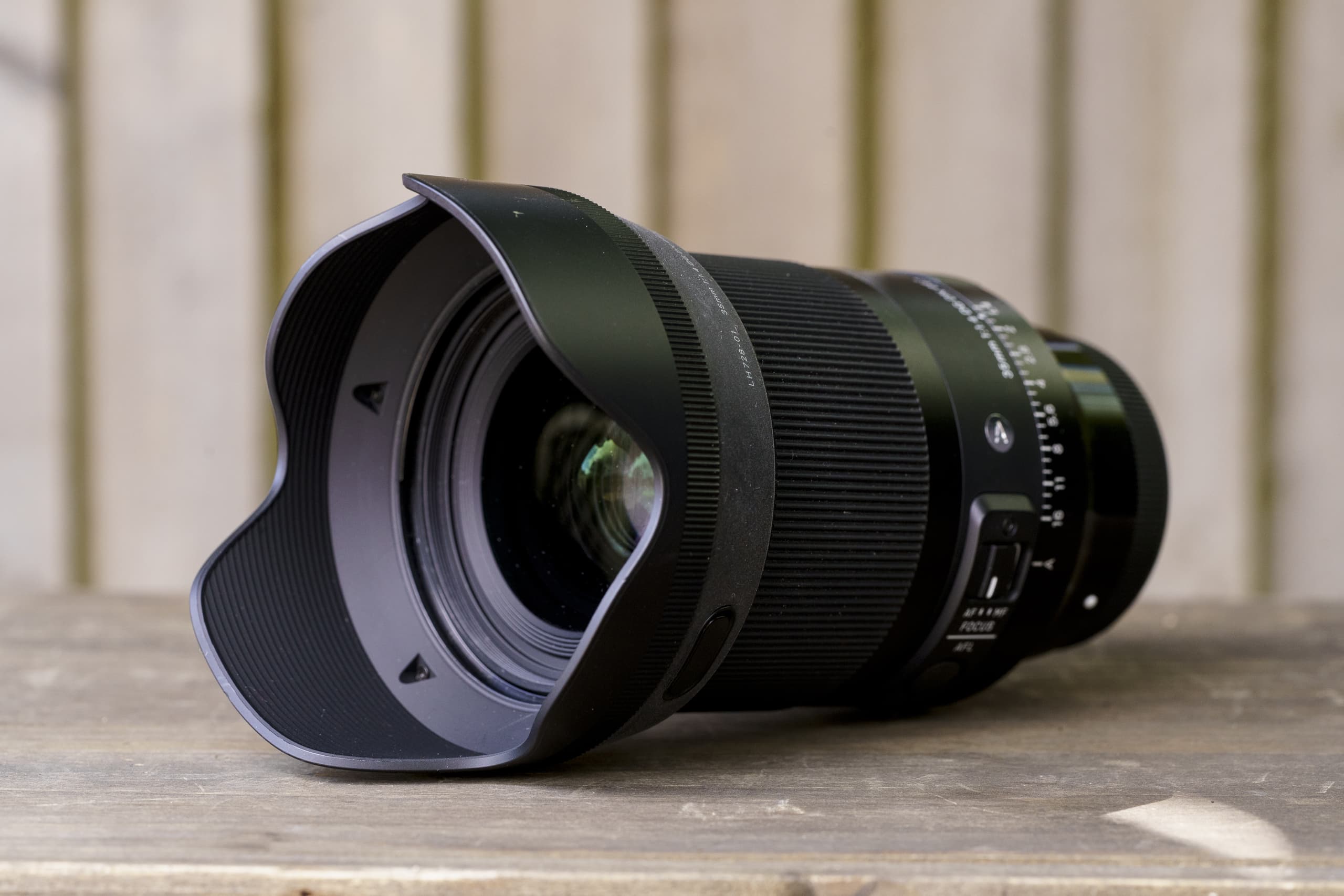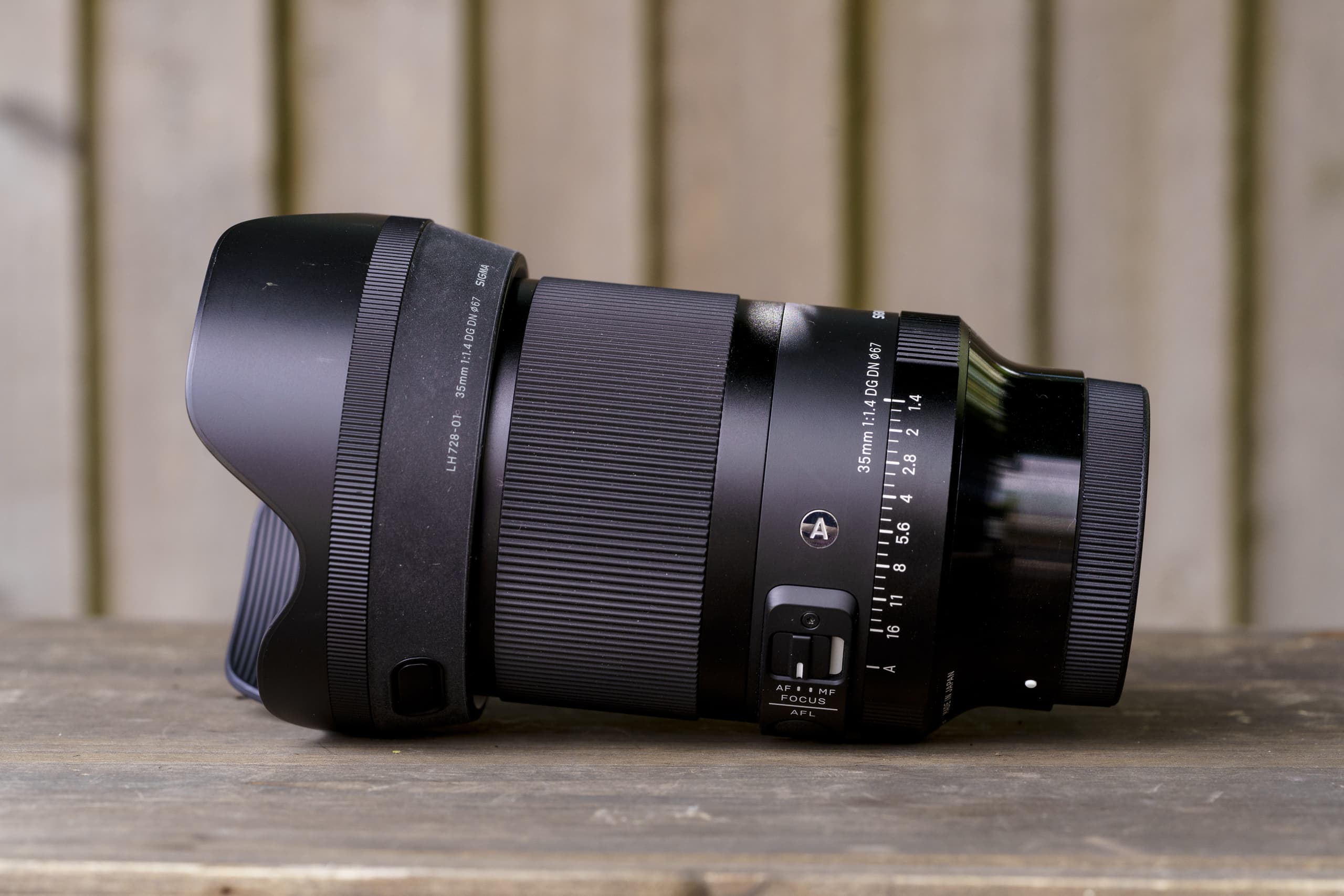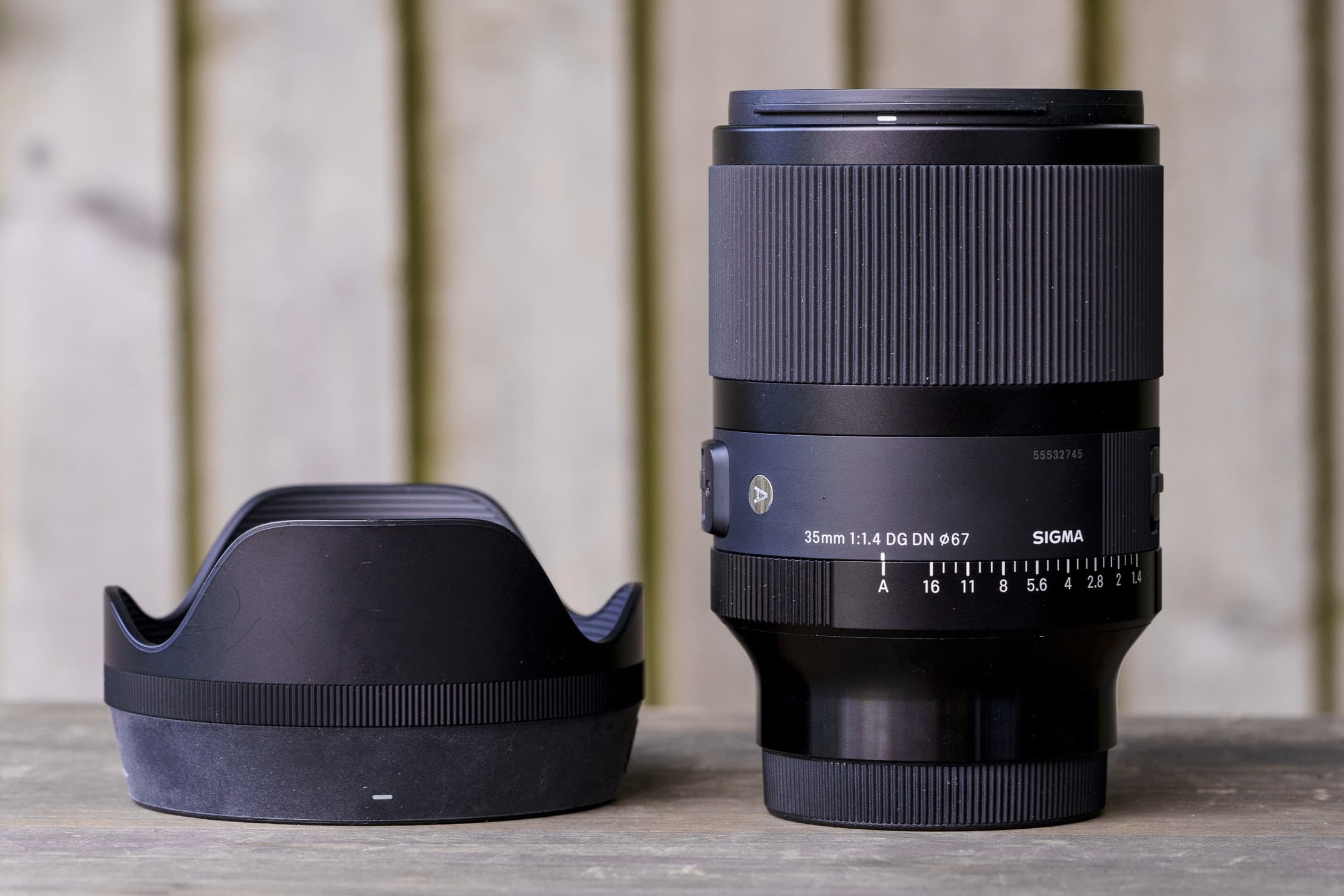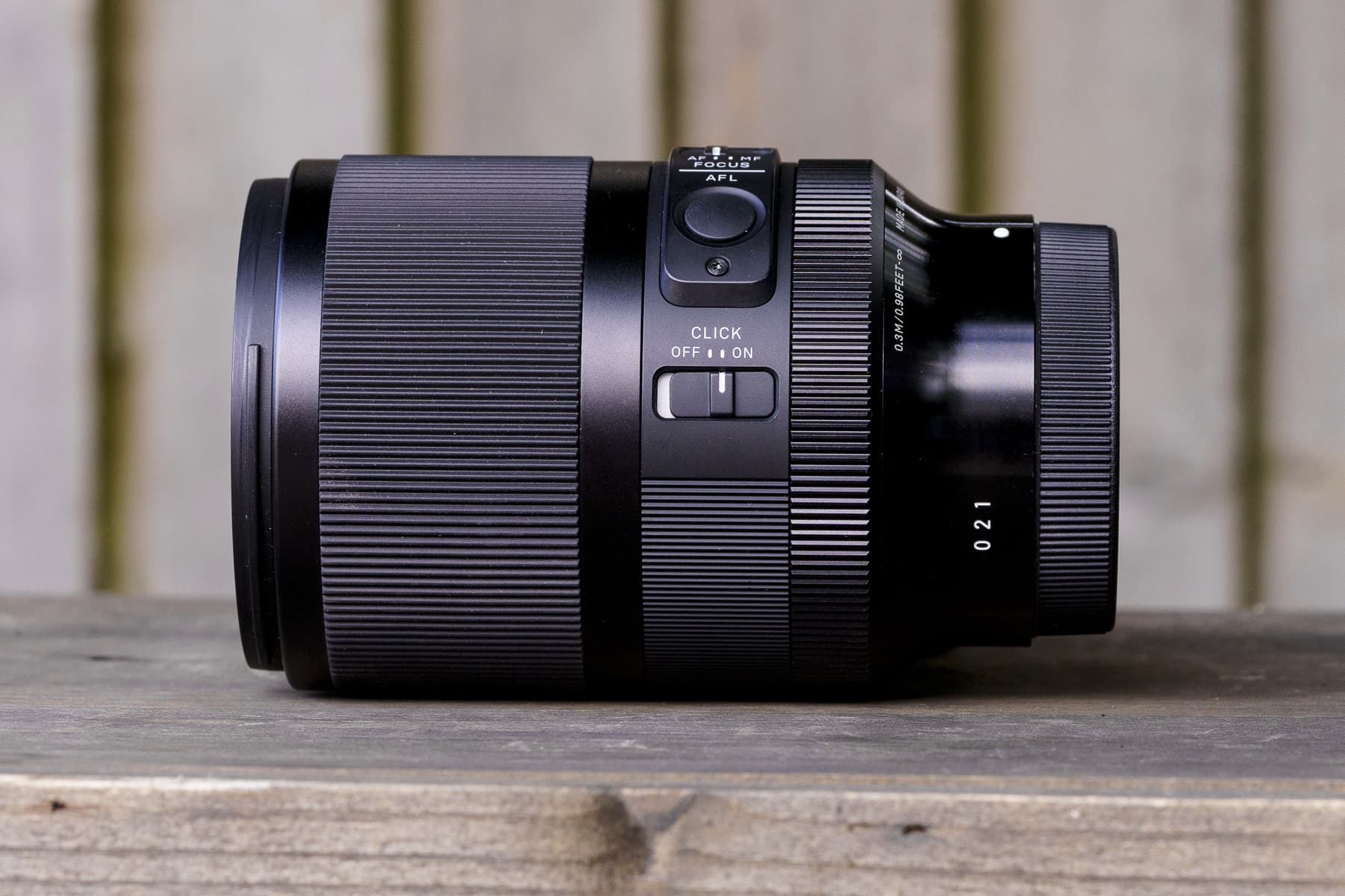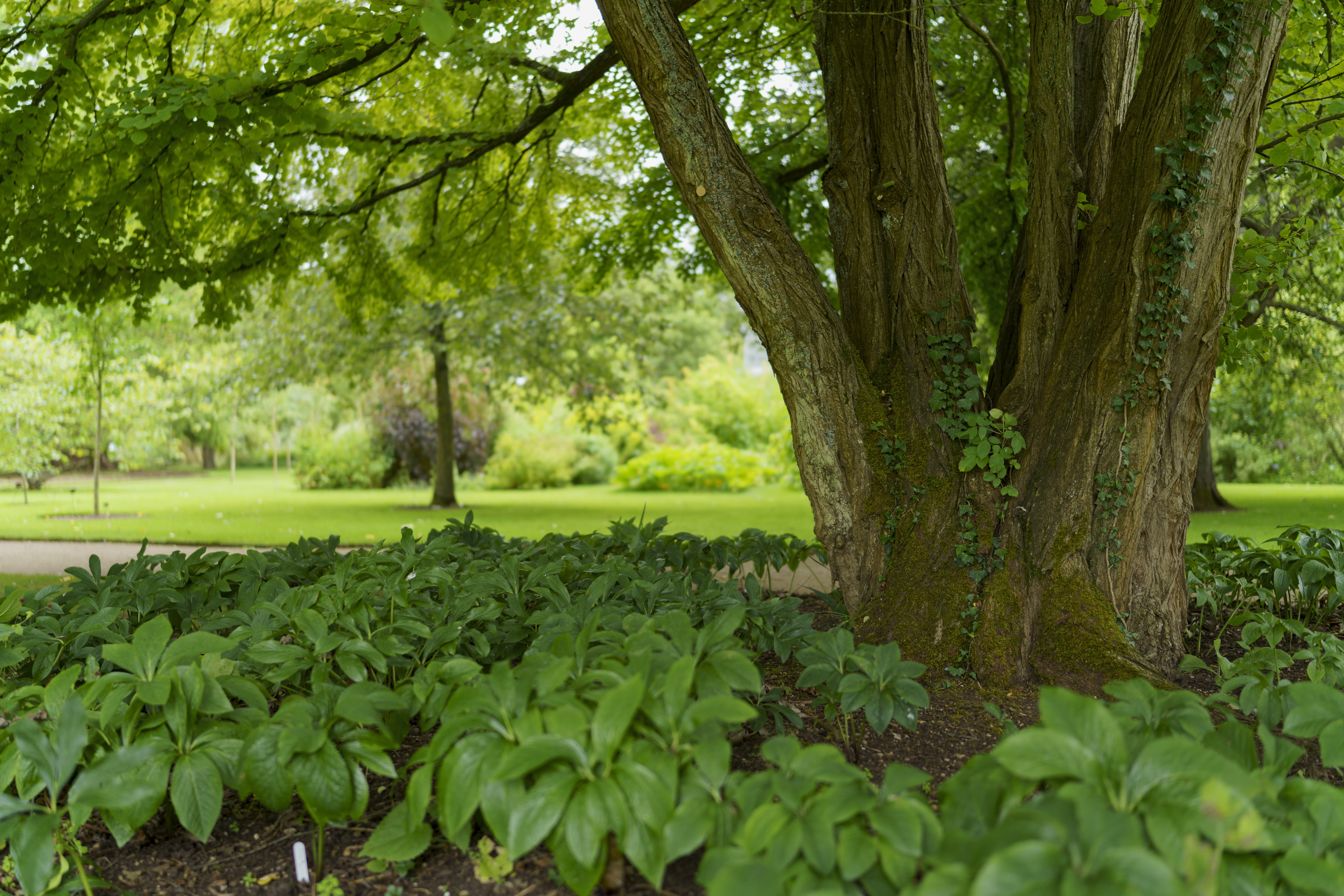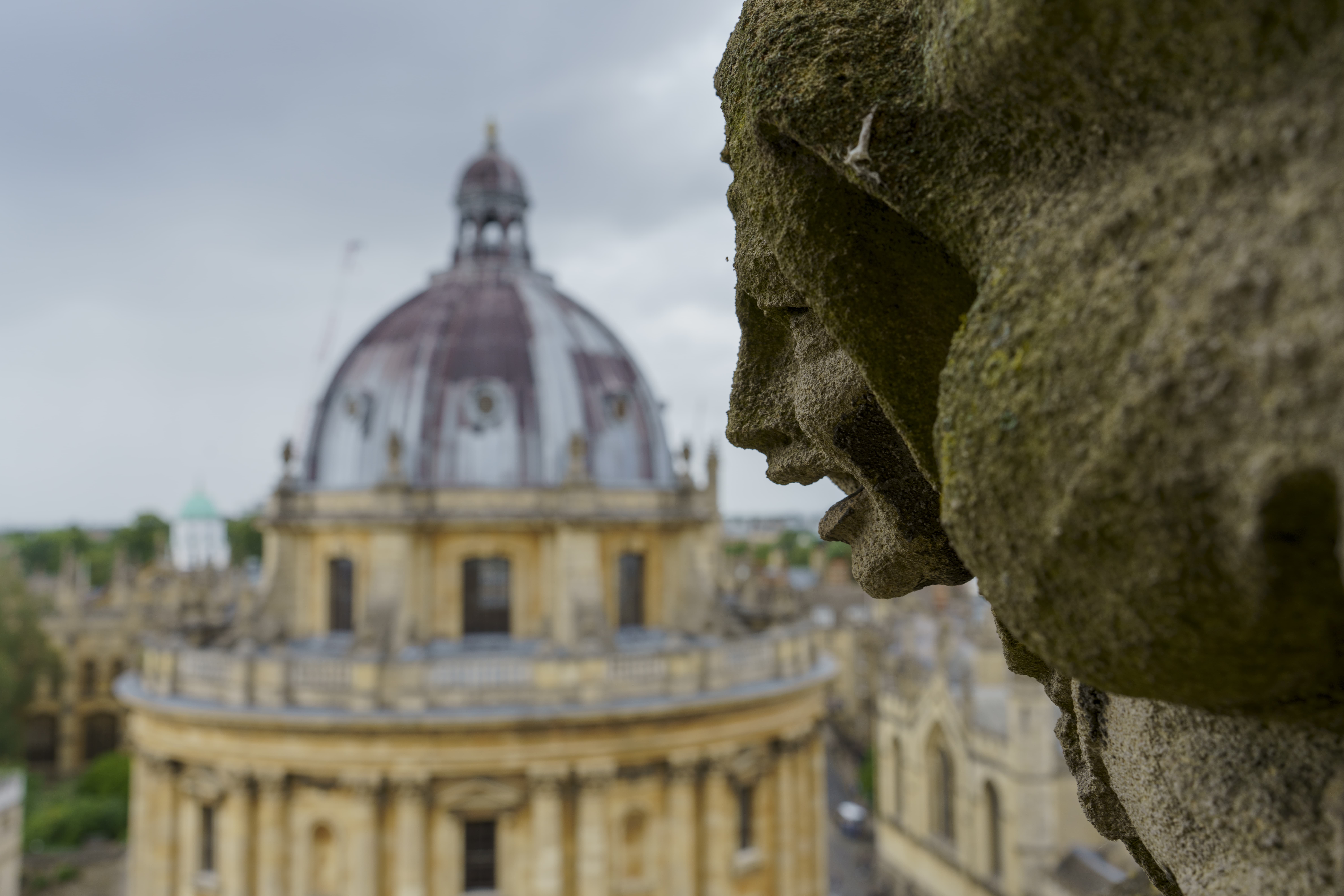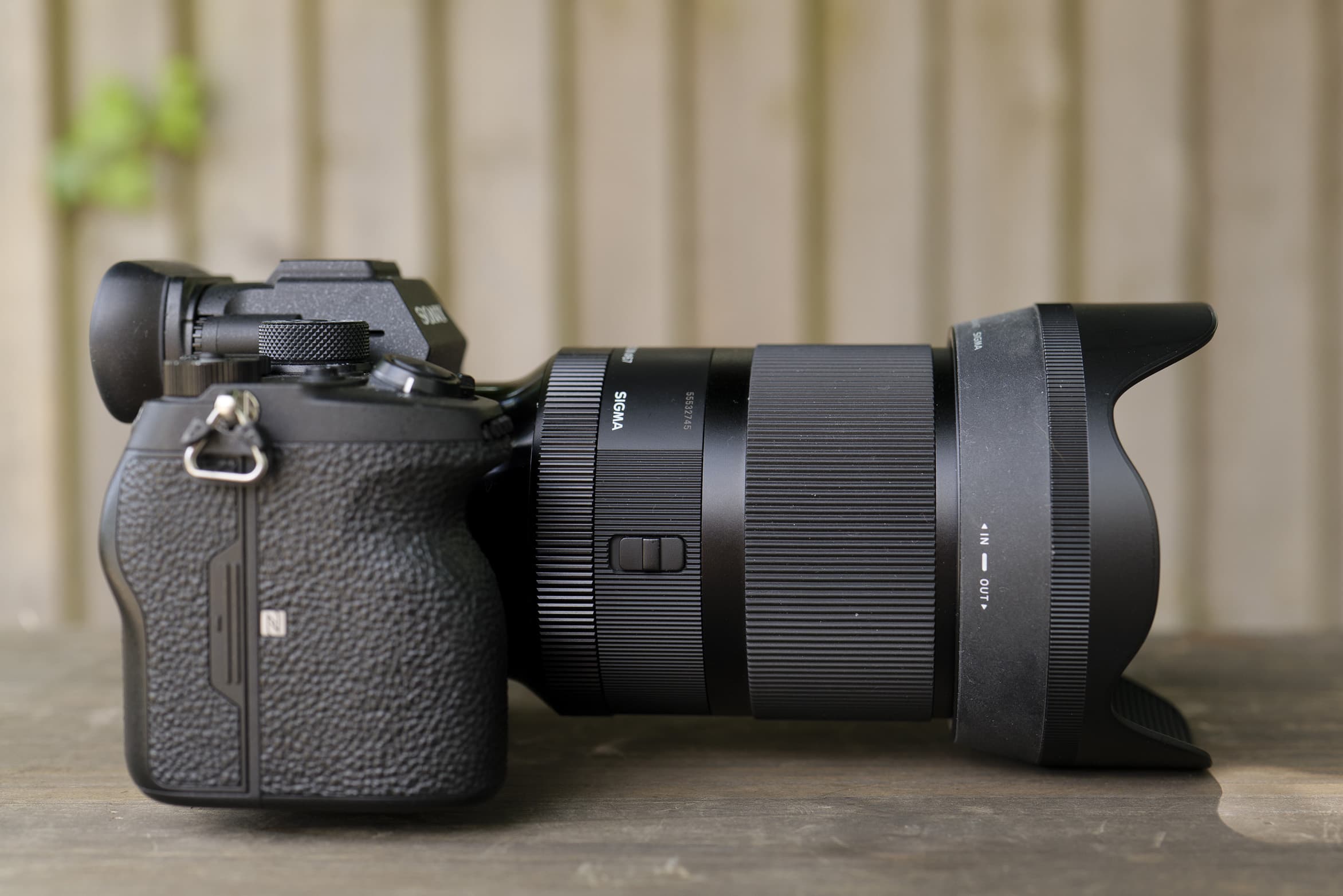In September 2012, as part of a reorganisation of its lens lineup, Sigma introduced the first of its Art lenses, the 35mm f/1.4 DG HSM Art, to wide acclaim. This series of optics is designed to appeal to creative photographers who value high-quality optics with fast apertures. At the time DSLRs were the mainstay of photography and the 35mm f/1.4 DG HSM Art was designed accordingly. Today, however, mirrorless cameras are much more prevalent and with that in mind, Sigma has completely redesigned the lens to create the 35mm F1.4 DG DN Art.
Sigma 35mm F1.4 DG DN Art Features
Like the original 35mm Art lens, the 35mm F1.4 DG DN Art is designed for use with full-frame cameras. When it’s mounted on an APS-C format camera, it has an equivalent focal length of around 50mm.
Anyone who thinks that the lens is a light refresh of its predecessor to accommodate the new mirrorless mounts need only look at the lens’ construction to see that the changes go much deeper. Instead of 13 elements in 11 groups, the new lens has 15 elements arranged in 11 groups. These elements include two Special Low Dispersion (SLD) elements, an Extraordinary Low Dispersion (ELD) element, an ‘F’ Low Dispersion (FLD) element and two aspherical elements.
The low-dispersion elements combine to reduce chromatic aberrations, with the FLD glass element having an optical performance similar to that of fluorite but at much lower cost and weight. In addition, the two aspherical elements compensate for spherical aberration and distortion to maintain image quality into the corners of the frame.
Sigma has also employed its anti-ghosting and anti-flare coating technology while the front element has a water and oil repellant coating to help it shed raindrops and fingerprints. Speaking of raindrops, the 35mm F1.4 DG DN Art is also weatherproofed, which is great news for a lens that’s likely to be used outdoors or a regular basis. In a step up from the original, there’s also a rounded 11-blade iris to ensure attractive bokeh.
Sigma has opted to give the new lens a single lightweight focusing element which is driven by a stepping motor. The optical arrangement enables focusing as close as 30cm from the sensor, at which it delivers a magnification ratio of 1:5.4.
Sigma 35mm F1.4 DG DN Art Build and handling
The lens’s length varies depending upon the mount, with the Sony E-Mount optic measuring 111.5mm while the L-mount version is 109.5mm. However, both are shorter than the comparable versions of the old lens, and at 75.5mm in diameter, they’re 1.5mm slimmer.
It’s still a fairly substantial lens, weighing 640-645g, but it’s a few grams lighter than the older 35mm optic. I used it on the Sony Alpha 7R IV and, while it’s not a recipe for one-handed shooting, they make a nice pair and feel balanced together.
Despite the reduction in size and weight, the new lens feels like a very high-quality optic. The front half of the lens is occupied by the broad focusing ring, which has a very smooth action. It rotates with pressure from just one finger or thumb, without seeming loose. As with most new lenses, the focusing is by wire and there are no end points to the rotation of the focus ring. However, as soon as the ring is rotated, a distance scale appears in the viewfinder or on the screen of the A7R IV.
Because the focusing has a non-linear response to the movement of the ring, you can adjust the focus very precisely by rotating the ring slowly. Conversely, if you need to make a major adjustment to the focus, rotating the ring quickly makes a bigger jump in the focus distance. This is useful for stills photography, but videographers who want to shift the focus consistently from one point to another may find it a frustrating experience.
Between the focus ring and the lens mount, the 35mm F1.4 DG DN Art has an aperture ring with settings running in 1/3EV from f/1.4 to f/16. There’s also an ‘A’ setting, which passes the aperture adjustment control to a command dial on the camera. The lens doesn’t need to be set to A for the camera to take automatic control of the aperture in shutter priority or program exposure mode.
A lock switch on the right side of the lens as you hold it for use enables the aperture ring to be locked to the A point or the adjustment area. That’s handy if you prefer to use a command dial for adjusting the aperture as you won’t set it accidentally via the ring.
There are two switches and button on the left of the lens barrel. The uppermost of these is the AF/MF switch. Below this is a customisable button marked AFL. Recent Sony mirrorless cameras enable one of a long list of features to be assigned to this button, and I opted for ‘Focus Magnifier’ to let me check the focus quickly whether the lens is set to AF or MF. The lower switch enables the lens aperture ring to be declicked, so that it rotates smoothly and silently without the usual haptic and audible feedback.
Sigma 35mm F1.4 DG DN Art Autofocus
The combination of a single lightweight focusing element and a stepping motor enables the lens to focus quickly and silently on many occasions. There are faster optics, but it’s responsive enough for the situations in which it’s likely to be used most often. It’s also compatible with Sony’s Eye AF and when it’s mounted on the A7R IV, the camera is quick to spot human or animal eyes, depending upon the setting.
While the focusing mechanism is generally silent, it occasionally makes a a slight sound, mainly at the closer focusing distances. In practice, this is unlikely to be picked up by a camera-mounted microphone except in a silent studio environment. Focus breathing, however, could be an issue for videographers or photographers wishing to focus stack a series of images. As focus is adjusted from infinity to the closest point, the field of view changes slightly and it looks like the lens is zooming in a little.
Sigma 35mm F1.4 DG DN Art Image quality
While the 35mm F1.4 DG DN Art is sharp wide-open, it’s appreciably better when the aperture is closed to f/2. The difference is obvious if you look at images at 100% on a computer screen, and though subtler, it’s still apparent if they are sized to fill a 27-inch screen. There’s also a little fall off in sharpness towards the corners at f/1.4, and again it’s improved by closing to f/2, or even better, f/5.6.
This sharpness remains all the way to f/11, with a hint of the impact of diffraction becoming apparent at f/16, the smallest aperture available. If I needed the extra depth of field, I wouldn’t miss the image to avoid using f/16, but the sharpest results are captured between f/4 and f/11.
If you elect to turn off the in-camera correction profiles, you may see slight vignetting at the widest apertures, but by f/2.8 it’s almost negligible and it’s gone by f/4. Similarly, if you shoot a subject with a lot of straight lines you’re likely to spot a bit of curvilinear distortion, but the in-camera profiles do a great job of eliminating it. Alternatively, the vignetting and distortion can be corrected using the dedicated profiles in Adobe Camera Raw or Lightroom when processing raw files.
Flare is very well controlled, but I was able to find a few examples of chromatic aberration along strongly backlit edges in a some of my images. Fortunately, these can be dealt with in a matter of seconds using Adobe’s Defringe tools.
Although it’s a wide lens, the large aperture settings available enable subjects to be separated from the background by selective focusing. The out of focus areas look nice and smooth with small highlights looking good, with no aberrations and often maintaining their round shape into the corners of the frame.
Sigma 35mm F1.4 DG DN Art Verdict
The original 35mm F1.4 DG HSM Art is a great lens that has proved very popular with many photographers and, although I haven’t been able to compare the two directly, the 35mm F1.4 DG DN Art seems a worthy update. It’s smaller and lighter, yet its build quality is excellent, making it a pleasure to use. And of course, it also delivers superb image quality, especially if you close down to f/2 or smaller.
It also gains an aperture ring, which is great addition, speeding aperture adjustment and enabling you to take control before the camera is even powered up. On the downside, the new lens lacks the original’s focus and depth of field scale, which can be useful, especially for landscape photography. This is tempered by the distance sale that is visible in the viewfinder in manual focus mode and the availability of a range of depth of field smartphone apps, but it is still something many photographers mourn in the transition to fly-by-wire focusing.
At £749, the 35mm F1.4 DG DN Art is almost half the price of the Sigma 35mm f/1.2 DG DN Art. That’s a lot to pay to gain 1/3EV on the aperture, which naturally also comes with extra weight (around 440g). To my mind, the 35mm f/1.2 DG DN Art is a luxury while the 35mm F1.4 DG DN Art is a high-quality workhorse and it would be nice to see Sigma introduce it in a greater range of mounts.


